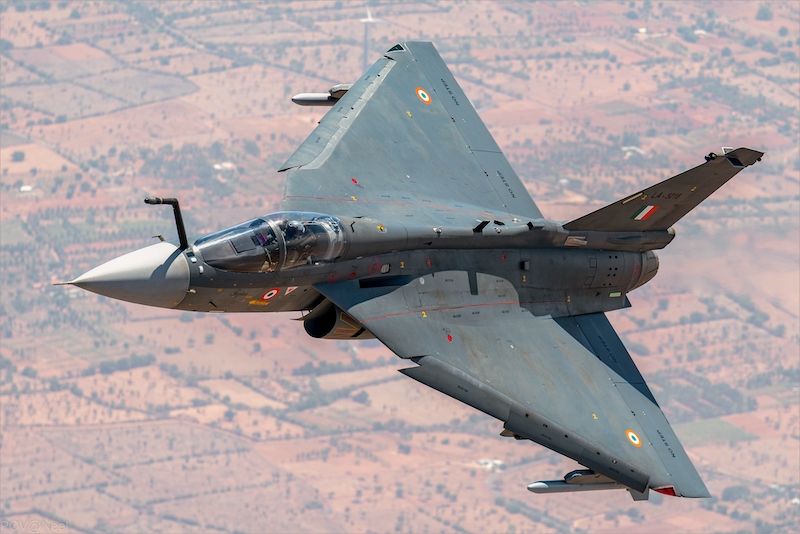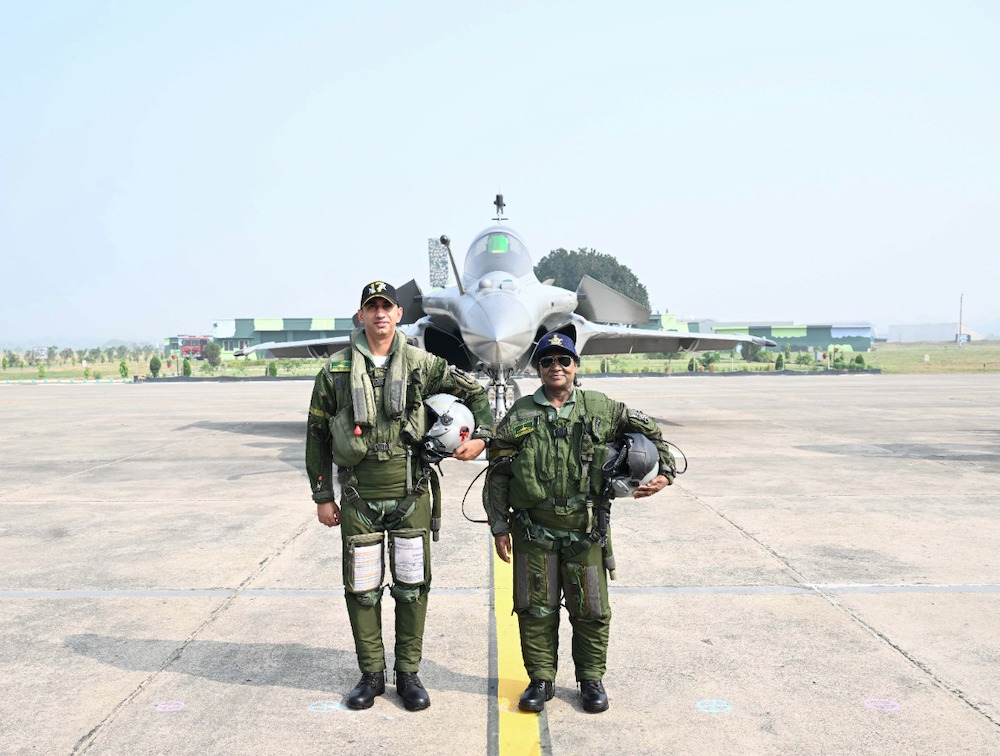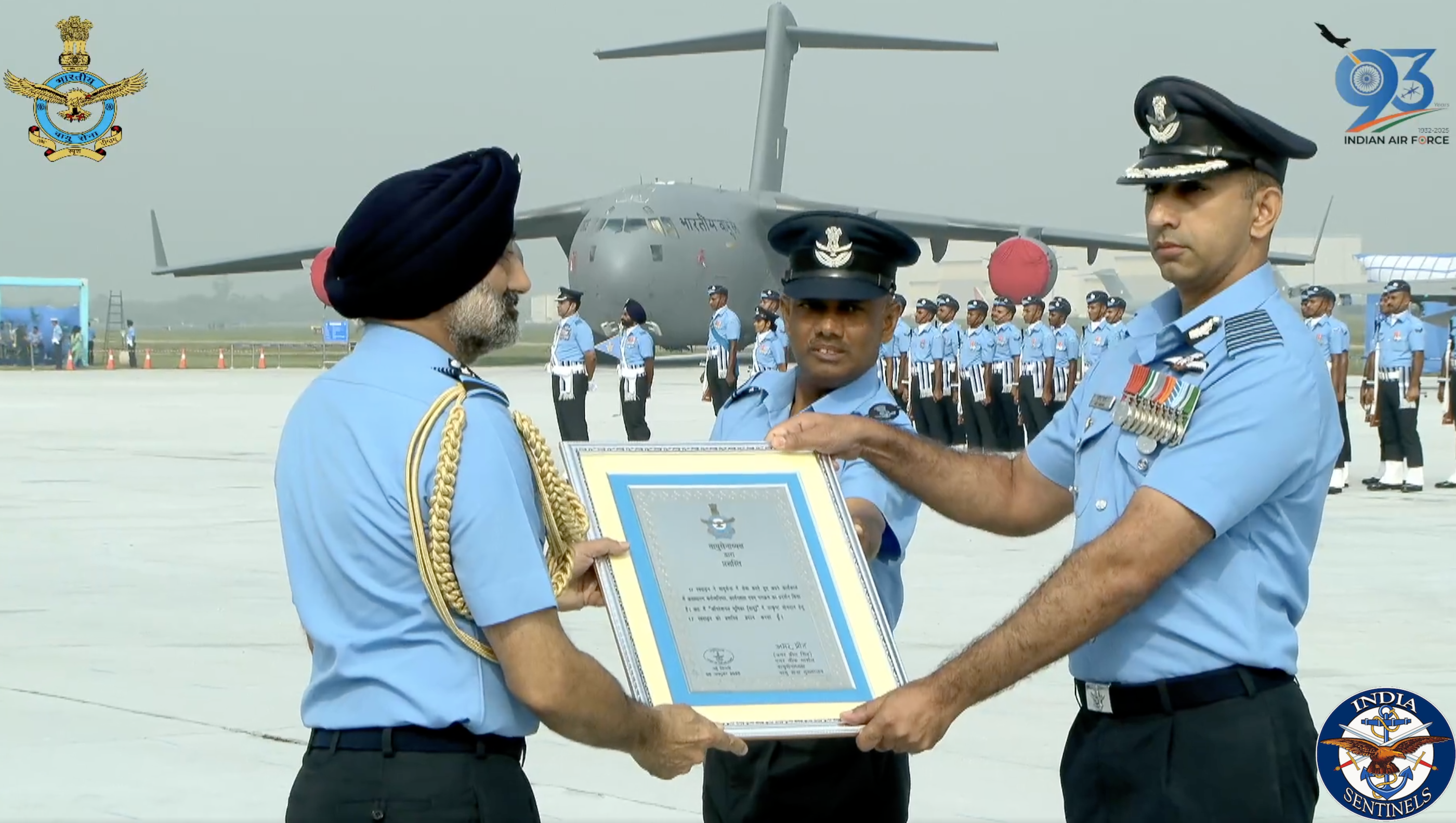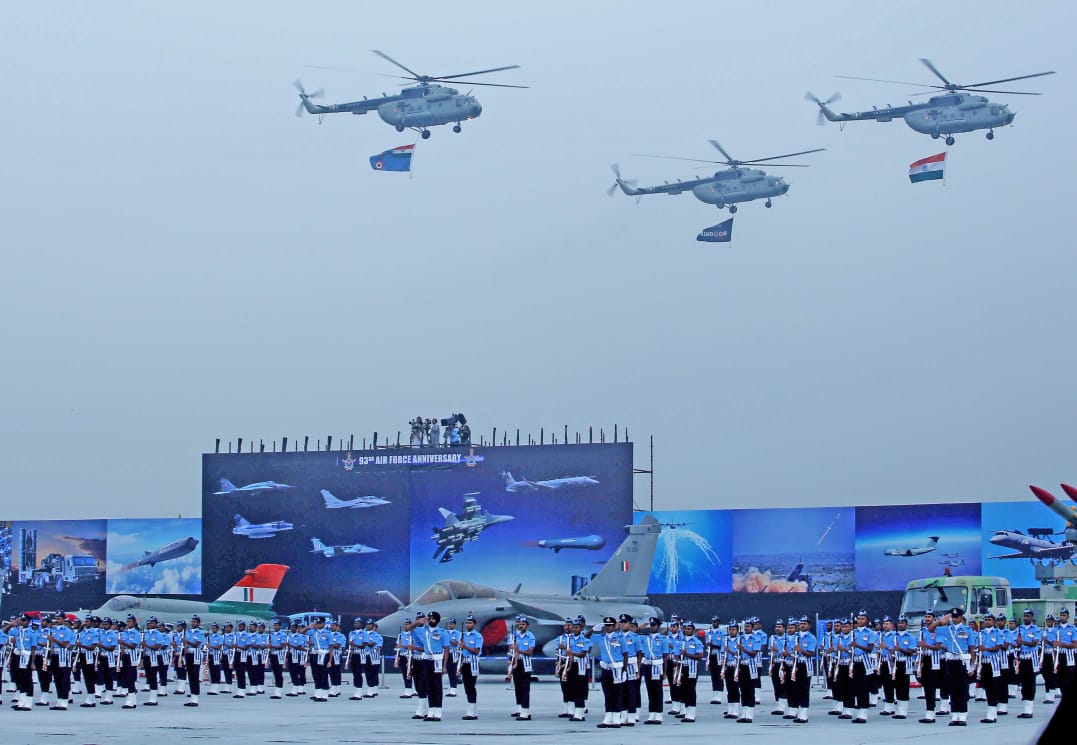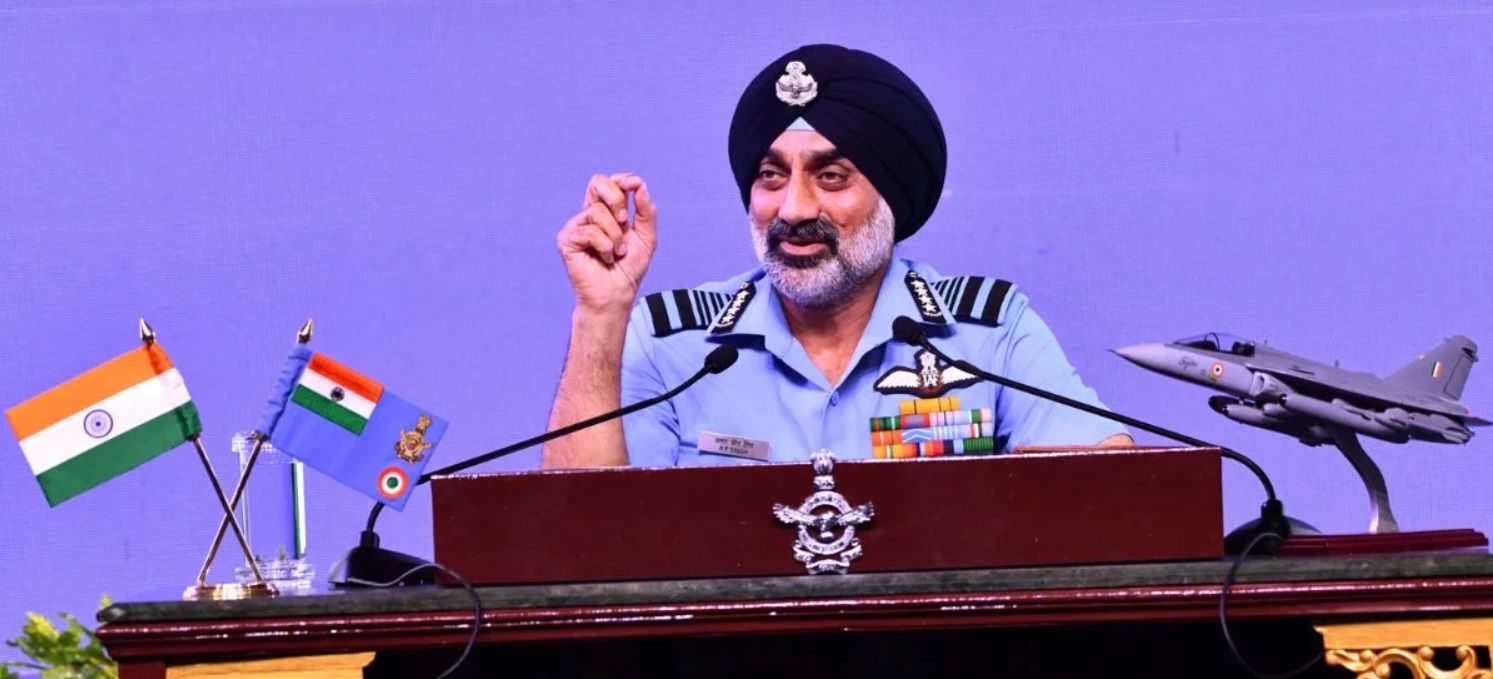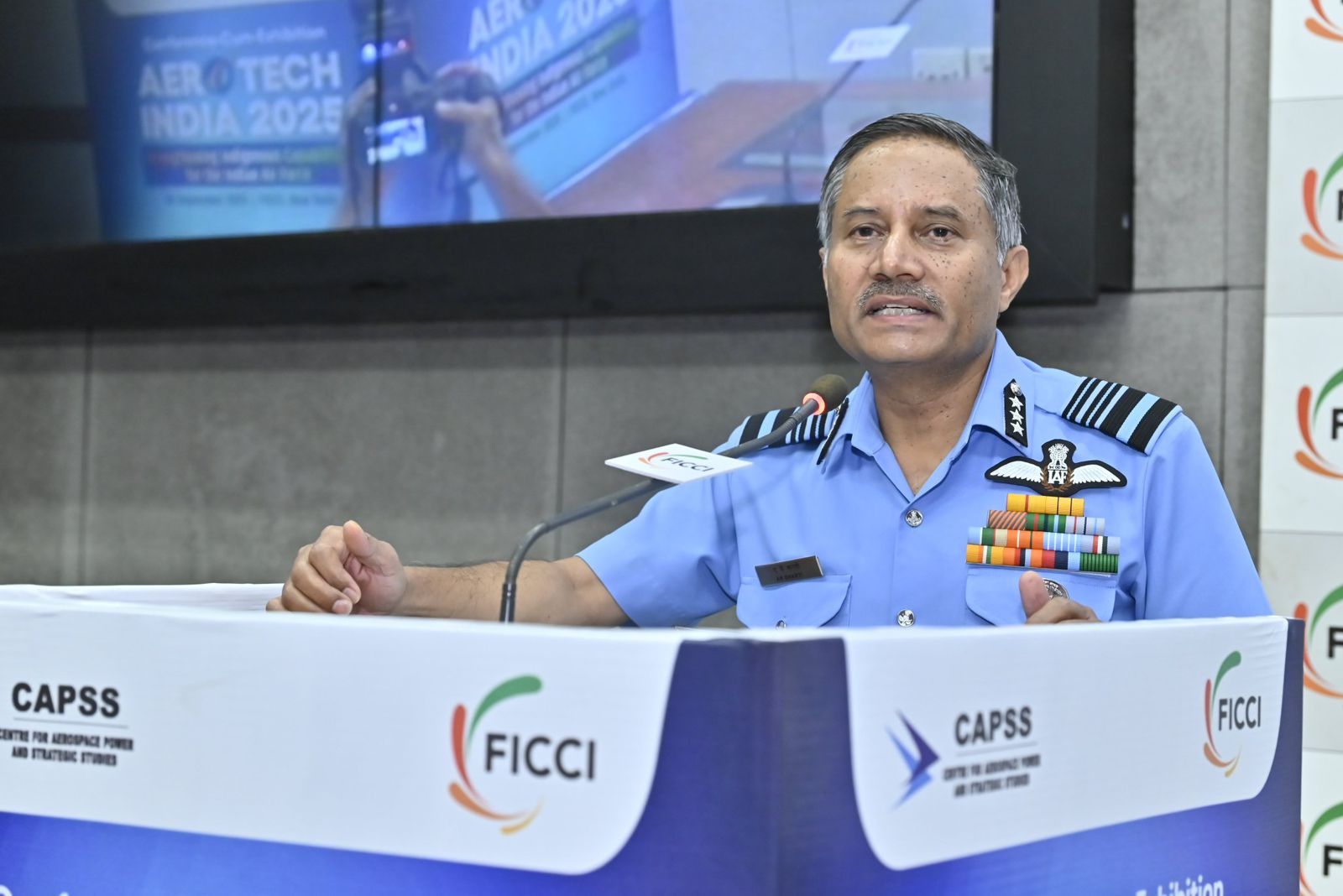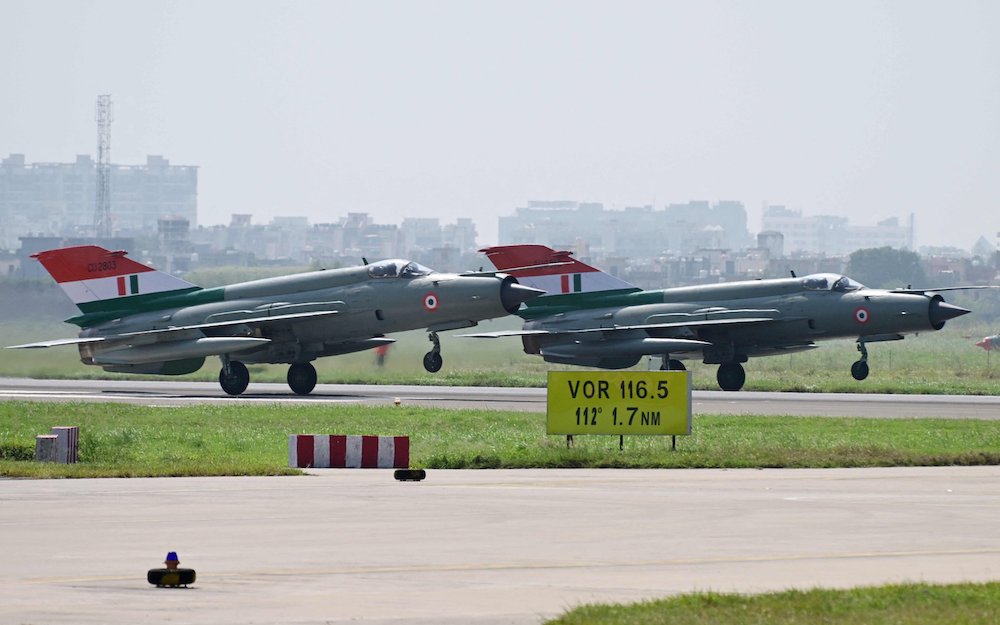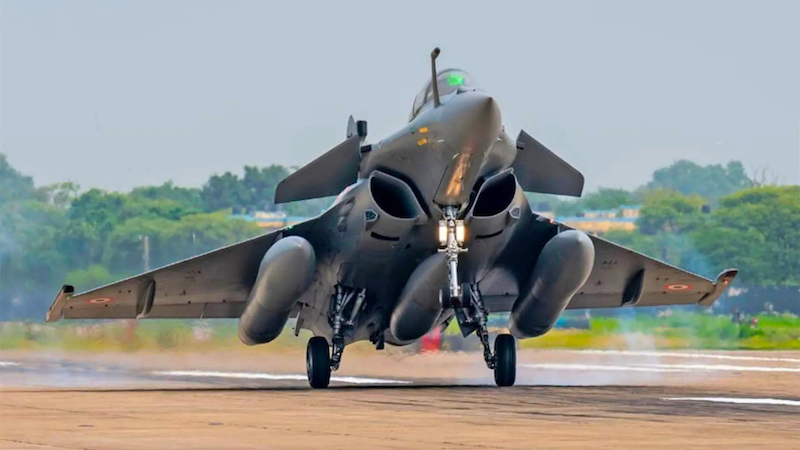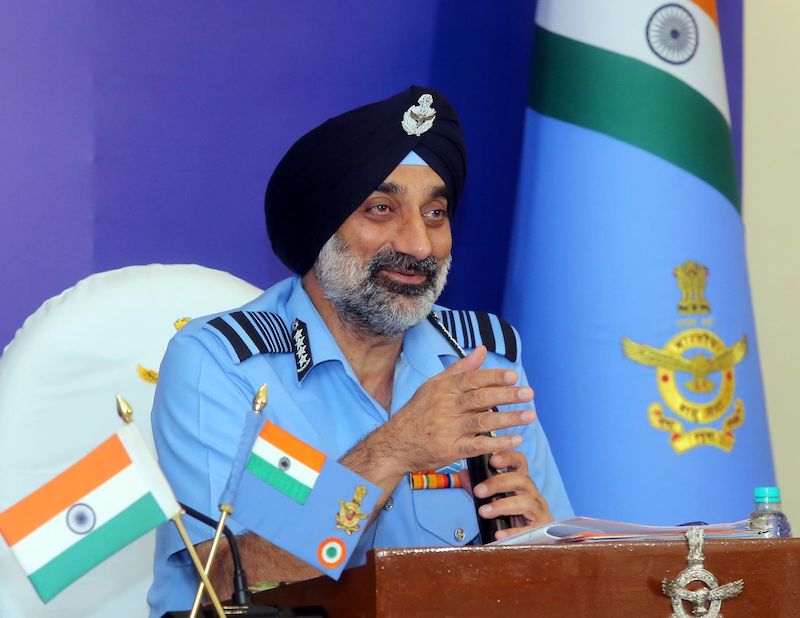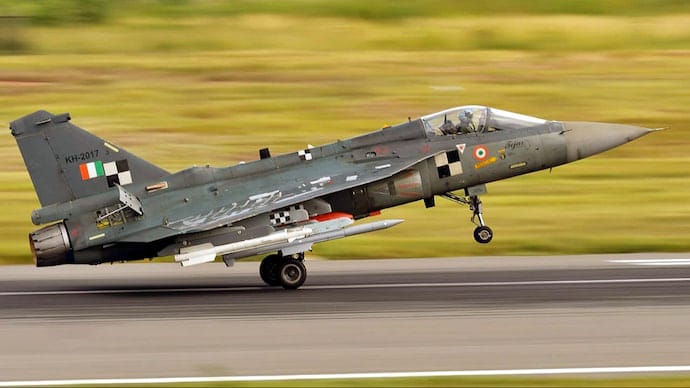 An Indian Air Force Tejas-MK1 (File photo)
An Indian Air Force Tejas-MK1 (File photo)
New Delhi: The Indian Air Force has expressed serious reservations about Hindustan Aeronautics Limited’s capacity to deliver the first batch of Light Combat Aircraft Tejas-Mk1A fighters by the revised deadline of March 2026. The fighter-starved service cited persistent production bottlenecks and integration challenges that have plagued the programme for years.
The scepticism comes despite HAL’s public assurances and the maiden flight of the Mk1A variant on October 17 at the company’s Nashik facility, attended by the defence minister, Rajnath Singh. HAL’s chairman, DK Sunil, acknowledged at the event that the earliest realistic delivery timeline had slipped to March 2026 – a significant retreat from the October 2025 deadline the company had committed to earlier.
The delays have exposed deeper systemic problems within India’s flagship indigenous fighter programme, raising questions about the country’s defence manufacturing capabilities at a time when the air force’s combat squadron strength continues to decline.
Engine delivery fails to resolve production crisis
IAF sources have pointed to a troubling pattern: even after receiving four GE F404-IN20 engines from the United States by April 2025, HAL has failed to translate this into aircraft deliveries. The company had previously attributed delays to engine supply issues, but the arrival of the powerplants has not accelerated production as anticipated.
“HAL made us believe that the delay is happening due to the engine supply issue from the United States. But HAL has received four engines so far. Engines are here but where is the first fighter jet?” media quoted a senior IAF source as saying. This highlights ongoing integration and certification hurdles that continue to stall the programme.
The situation is particularly concerning given that HAL was scheduled to receive 30 engines by late 2025. Only four have materialized, which reflects broader global supply chain disruptions and certification issues that have hampered GE’s delivery schedule.
Integration challenges mount
The Mk1A variant represents a substantial upgrade over the Tejas-Mk1, incorporating the Israeli EL/M-2052 AESA radar, enhanced electronic warfare suites, and improved avionics. However, integrating these advanced systems has proved more complex than anticipated.
HAL’s insistence on ensuring “all systems integrate seamlessly” has contributed to further delays, with final flight trials and weapons integration still incomplete. While the company claims to have completed weapons integration trials for key platforms including the Astra beyond-visual-range missile and ASRAAM short-range air-to-air missile, additional firing trials and system certifications remain ongoing.
Industry sources suggest it may take at least six months to complete all necessary checks, casting doubt on whether even the March 2026 timeline is achievable. Past technical setbacks, including issues with missing engine charge amplifiers due to export restrictions, have created a pattern of missed deadlines that has eroded confidence in HAL’s delivery projections.
Operational impact
The delays carry significant operational implications for the IAF, which is grappling with a fighter squadron strength well below its authorised level of 42 squadrons required to counter potential threats on two fronts. The recent retirement of ageing MiG-21 fighters has further depleted the combat fleet, creating capability gaps that the Tejas-Mk1A was meant to address.
As Indian Sentinels had reported before, Air Chief Marshal Amar Preet Singh has not minced words about his frustration with the programme’s trajectory. “We are eagerly waiting for the LCA Mk1A – it’s like we are waiting with hungry mouths for food,” he said, publicly calling out unmet delivery promises and cost overruns that have characterized the project.
The Air Force has committed to ordering 83 Tejas-Mk1A aircraft under a contract worth approximately ₹48,000 crore in 2021 and an additional 97 of the same fighter for over ₹63,000 crore, in September this year, as India Sentinels had reported earlier. This makes timely deliveries critical to force modernization plans of the IAF. HAL has projected peak production of 24 aircraft annually once all three assembly lines at Nashik reach full capacity, but achieving this target remains contingent on resolving current bottlenecks.
History of missed deadlines
The Tejas programme’s troubled timeline has become a case study in defence project management challenges. Originally conceived in the 1980s, the Light Combat Aircraft was meant to replace the Air Forrce’s ageing MiG-21 fleet. The Mk1A variant, ordered in 2021, was initially scheduled for delivery in February 2024. This was subsequently pushed to October 2025, and has now slipped to March 2026 – with air force insiders suggesting mid-2026 may be a more realistic projection.
HAL inaugurated a third Tejas assembly line at Nashik in October 2025 in an effort to accelerate production, but ramping up manufacturing capacity whilst simultaneously resolving integration issues presents a formidable challenge. The company maintains that production lines are operating at full capacity and that certification trials are being expedited, though these assurances have been met with scepticism given the programme’s track record.
What next?
The convergence of supply chain constraints, complex system integration requirements, and a history of optimistic timelines that have consistently proved unachievable has left the air force with little confidence in HAL’s latest delivery projections. Until all engines arrive and certification trials are completed, the programme’s execution remains uncertain.
For India’s defence establishment, the Tejas-Mk1A delays underscore broader questions about indigenous manufacturing capabilities and the challenges of managing complex aerospace programmes. With China and Pakistan both rapidly modernizing their air forces, the IAF can ill afford further slippages in a programme that has already been decades in the making.
Whether HAL can deliver on its March 2026 commitment – or whether this deadline too will slip into history – remains to be seen. What is clear is that the Air Force’s patience is wearing thin, and the operational costs of continued delays are mounting.


